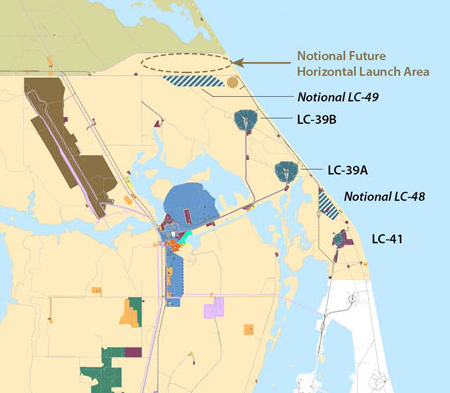SpaceX to freeze its manned Dragon capsule fleet at four
Capitalism in space: According to SpaceX officials, the company is suspending construction on any further manned Dragon capsules, freezing its fleet at the four capsules they have now built, Endeavour, Resilience, Endurance, and Freedom.
“We are finishing our final (capsule), but we still are manufacturing components, because we’ll be refurbishing,” SpaceX President Gwynne Shotwell told Reuters, confirming the plan to end Crew Dragon manufacturing.
She added that SpaceX would retain the capability to build more capsules if a need arises in the future, but contended that “fleet management is key.”
This decision — to only use reused capsules — will of course give SpaceX to ability to lower its prices for manned tourist flights, but I doubt that will happen at this time because there isn’t anyone presently available who can compete. Instead, the company will rake in more profits.
The decision however does indicate SpaceX’s own assessment of the present space tourism market. If the company thought it needed more capsules in its fleet to match the demand, it would of course build them. Right now, it appears the company has decided four capsules is enough to cover NASA’s needs, as well as any additional private commercial flights. It also suggests SpaceX is anticipating the eventual arrival of Boeing’s Starliner into the mix, which will pick up some of the business that so far has belonged entirely to SpaceX.
Capitalism in space: According to SpaceX officials, the company is suspending construction on any further manned Dragon capsules, freezing its fleet at the four capsules they have now built, Endeavour, Resilience, Endurance, and Freedom.
“We are finishing our final (capsule), but we still are manufacturing components, because we’ll be refurbishing,” SpaceX President Gwynne Shotwell told Reuters, confirming the plan to end Crew Dragon manufacturing.
She added that SpaceX would retain the capability to build more capsules if a need arises in the future, but contended that “fleet management is key.”
This decision — to only use reused capsules — will of course give SpaceX to ability to lower its prices for manned tourist flights, but I doubt that will happen at this time because there isn’t anyone presently available who can compete. Instead, the company will rake in more profits.
The decision however does indicate SpaceX’s own assessment of the present space tourism market. If the company thought it needed more capsules in its fleet to match the demand, it would of course build them. Right now, it appears the company has decided four capsules is enough to cover NASA’s needs, as well as any additional private commercial flights. It also suggests SpaceX is anticipating the eventual arrival of Boeing’s Starliner into the mix, which will pick up some of the business that so far has belonged entirely to SpaceX.

